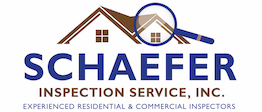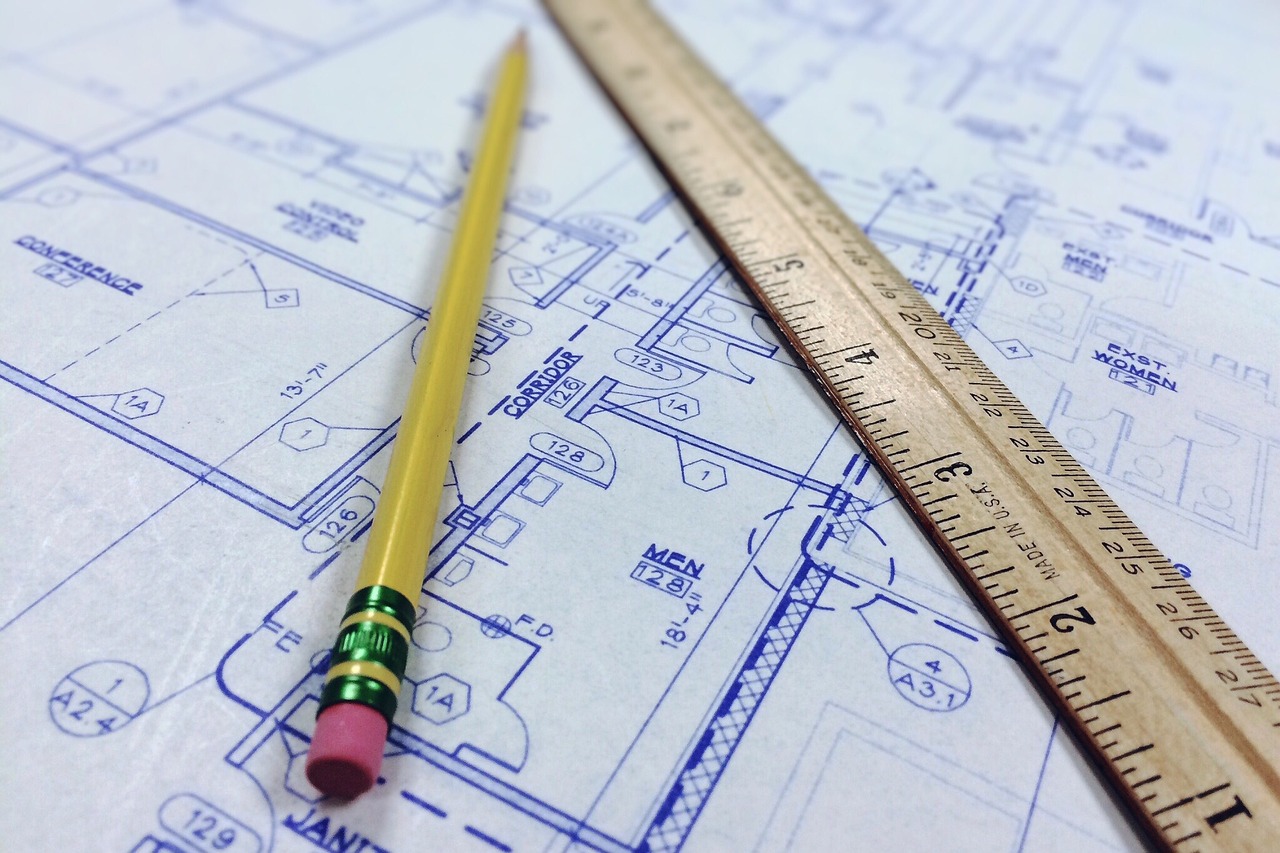Building Code vs. Recommendations for Home Inspectors
We are often asked during a home inspection whether something meets building code. For example, are GFCI (ground fault circuit interrupter) outlets required by code? What kind of railing is required for decks?” The answer: it depends on whom you are asking, and when the house was built.
If you are asking these types of questions of a home inspector, who will answer within the scope of a home inspector’s expertise, the words “code” and “required” will not likely be used, at least not within the inspection report. Home inspections follow with their state regulations for reporting conditions. In CT there are three conditions a home inspector must report, according to the state requirements:
- Not functional
- Unsafe
- Near the end of service life
Building code compliance is not required to be reported by home inspectors because codes change and homeowners are not required to continually upgrade their homes to meet ongoing changes to meet the most current codes.
If the above three conditions are found, the inspector makes “recommendations,” for correction or monitoring. He does not “require” any action. An older house may have conditions that are not in compliance with codes for new homes. There is no requirement to upgrade and meet modern codes. Some things cannot be changed to meet today’s codes. Homes framed in the early 1900’s do not meet today’s framing codes. In order change this, you would have to tear down the house and start over. Therefore, the inspector will be looking to see if the framing methods of that era are still functioning adequately and do not present any safety issue.
Many safety issues parallel codes and therefore, a home inspector is likely to recommend a number of improvements based on safety that also happen to be current code requirements.
Let’s go back to whether GFCIs are required by code. GFCIs were not always required by code in houses. At some point building code required them in baths, later in kitchens within six feet of the sink, and now all countertop outlets in the kitchen must be GFCI. A town building inspector has no jurisdiction to require a home built in 1968 to have GFCI outlets where they are required today, unless those outlets are being replaced or added. For safety, home inspector will likely “recommend” GFCI outlets in a number of places in a 1968 home.
Some home inspector’s recommendations may exceed code. Code requires childproof rails for any deck at 30 inches above the ground. Many home inspectors will recommend rails at 24 inches, especially if the buyer has small children.
In reality, when a home buyer is asking if something meets code, they do so because they really want to know if the home and its systems are functional and safe. This is what the home inspection is designed to address.


